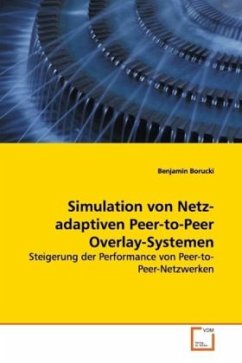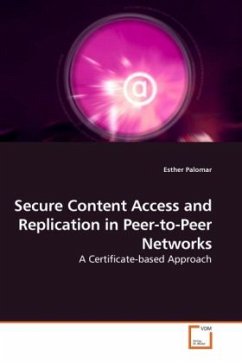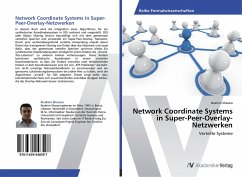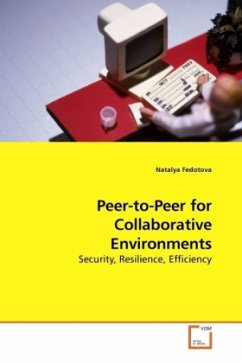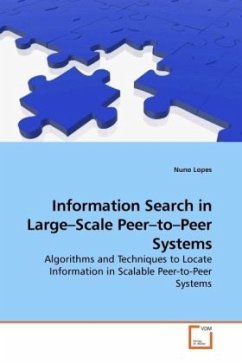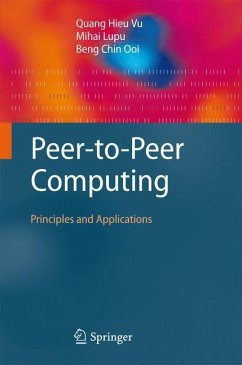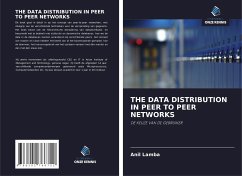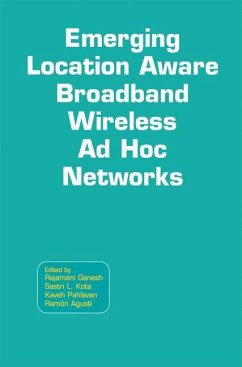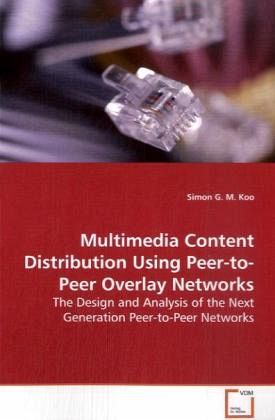
Multimedia Content Distribution Using Peer-to-Peer Overlay Networks
The Design and Analysis of the Next Generation Peer-to-Peer Networks
Versandkostenfrei!
Versandfertig in 6-10 Tagen
32,99 €
inkl. MwSt.

PAYBACK Punkte
16 °P sammeln!
The design focus on Peer-to-Peer (P2P) networks hadbeen on low-complexity content mapping and efficientsearch mechanisms, and many of the existing P2Papplications provide an efficient substrate forsharing small files like MP3 or images becausesearching efficiency is essential to the overallperformance. For bulk contents like multimediadocuments or scientific data sets, however, the datatransfer efficiency becomes critical to the overalldistribution efficiency.This work explores the use of P2P overlays ondistributing bulk contents, and the goal is toimprove the distribution efficiency and make ...
The design focus on Peer-to-Peer (P2P) networks had
been on low-complexity content mapping and efficient
search mechanisms, and many of the existing P2P
applications provide an efficient substrate for
sharing small files like MP3 or images because
searching efficiency is essential to the overall
performance. For bulk contents like multimedia
documents or scientific data sets, however, the data
transfer efficiency becomes critical to the overall
distribution efficiency.
This work explores the use of P2P overlays on
distributing bulk contents, and the goal is to
improve the distribution efficiency and make P2P
overlay a cost-effective alternative to Content
Distribution Networks (CDNs).
This work addressed two major challenges when
designing p2p protocols: neighbor selection and
incentive provision. The proposed protocol is
light-weight, completely decentralized, and cheat-proof.
Experimental results illustrate significant
improvements on the distribution efficiency of our
protocol over other adopted alternatives.
been on low-complexity content mapping and efficient
search mechanisms, and many of the existing P2P
applications provide an efficient substrate for
sharing small files like MP3 or images because
searching efficiency is essential to the overall
performance. For bulk contents like multimedia
documents or scientific data sets, however, the data
transfer efficiency becomes critical to the overall
distribution efficiency.
This work explores the use of P2P overlays on
distributing bulk contents, and the goal is to
improve the distribution efficiency and make P2P
overlay a cost-effective alternative to Content
Distribution Networks (CDNs).
This work addressed two major challenges when
designing p2p protocols: neighbor selection and
incentive provision. The proposed protocol is
light-weight, completely decentralized, and cheat-proof.
Experimental results illustrate significant
improvements on the distribution efficiency of our
protocol over other adopted alternatives.



